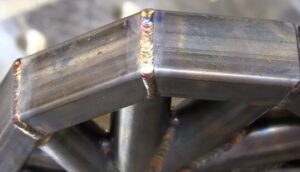
How Filler Material Affects Weld Strength?
Weld strength depends on more than precise heat or skilled technique — the filler material also plays it role. The right filler determines how metals
We regularly update articles related to the manufacturing industry.

Weld strength depends on more than precise heat or skilled technique — the filler material also plays it role. The right filler determines how metals
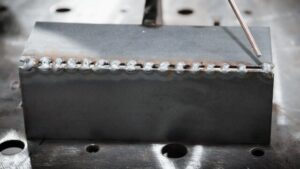
Warping in sheet metal welding isn’t accidental — it is predictable physics. When a weld heats the metal, it expands. When it cools, it contracts.
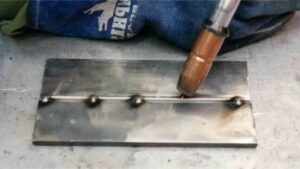
If you’ve ever seen a welded enclosure warp or a bracket crack under stress, you already know—excellent spot welding doesn’t happen by chance. It comes
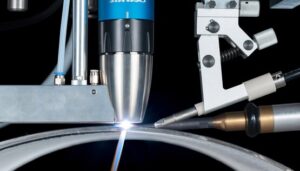
Plasma arc welding is a process that uses a focused arc to create a very hot plasma jet. This jet melts the metal and forms the weld. Depending on the setup, the arc forms between a tungsten electrode and the workpiece or between the electrode and a nozzle.
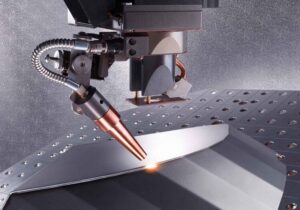
Medical welding joins metal parts used in healthcare devices. It is very different from regular welding. The parts are smaller, and the demands are much stricter. The goal is to create strong, clean, and reliable joints. These joints must handle sterilization and, in many cases, direct contact with the human body.
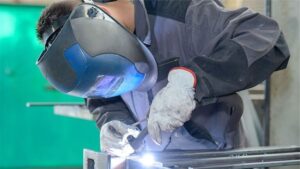
Precision welding creates fine and accurate joints in metal parts. Unlike regular welding, it uses advanced tools and controlled heat to deliver exact results. The main goal is to make welds that meet tight tolerances in strength and appearance. This allows delicate parts to be joined without harming nearby material.
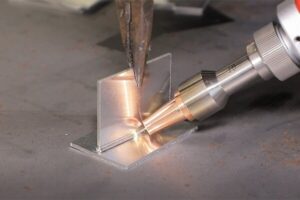
Fiber laser welding uses a powerful laser beam to melt and join metal parts. The laser comes from optical fibers, which keep the beam stable and energy efficient. The focused beam makes deep, narrow welds with little effect on the surrounding metal. This differs from arc welding, which often creates broad heat zones and requires more finishing work.
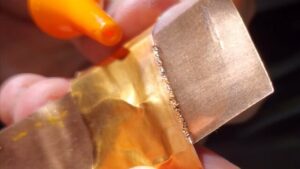
Laser welding copper uses a focused light beam to heat and melt a small metal area. This energy fuses the material along the weld line. Unlike traditional welding, which spreads heat over a larger area, laser welding targets energy precisely. This helps reduce distortion and allows for accurate welding, even on small or delicate parts.
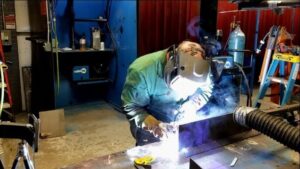
Backstep welding is a method where the welder works in short sections, moving in the opposite direction of the overall weld path. For example, if the finished weld runs from left to right, each small segment is welded from right to left. The new bead overlaps slightly with the previous one.
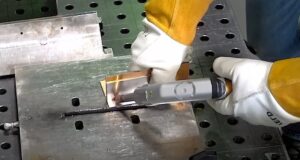
Laser welding aluminum melts and joins aluminum pieces with a focused laser beam. The heat is concentrated in a small area, creating a narrow, deep weld. Shielding gas, often argon or helium, protects the molten metal from air contamination. This process works well for both thin sheets and thicker sections, giving consistent and repeatable results.
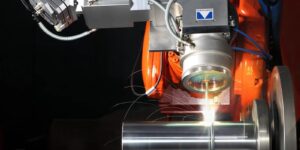
Laser welding uses a focused light beam to melt and join metal surfaces. The beam applies heat to a small, controlled area, creating deep, narrow welds and limiting heat from spreading to nearby material. It is beneficial for thin sections, delicate parts, and complex shapes.
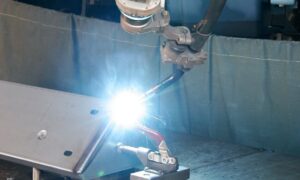
Laser welding uses a focused beam of light to melt and join metal. TIG welding uses a tungsten electrode and gas to form a weld. Laser welding is fast, clean, and suitable for automation. TIG welding is slow but precise and flexible. The best choice depends on the type of job, material, and the need for speed versus control.
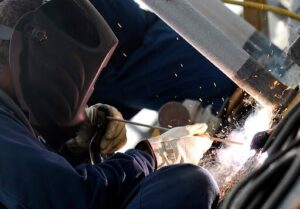
SMAW is a welding process where an electric arc forms between a consumable electrode and the workpiece. The heat generated by the arc melts the electrode, creating a pool of molten metal. This metal then fuses with the base material, forming a strong bond. The coating on the electrode creates a shielding gas that protects the weld from contamination.
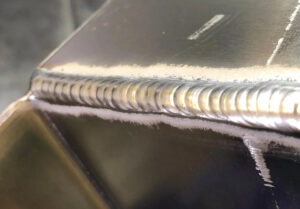
MIG welding aluminum involves using a solid wire electrode to fuse aluminum pieces. It requires a higher heat level and a steady hand to prevent warping or cracking. The key techniques include adjusting the heat, using the right filler material, and ensuring proper shielding gas flow. As a soft metal, aluminum demands precision to avoid problems like burn-through or oxidation.
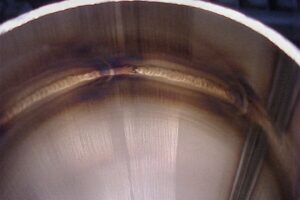
A full penetration weld occurs when the welding material completely fuses through the entire thickness of the base materials being joined. This ensures no gaps or weak points in the joint, making it ideal for high-strength and high-reliability applications.
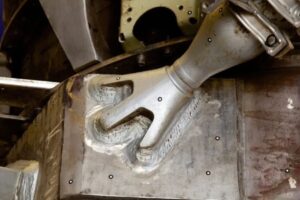
Heliarc welding, technically known as Gas Tungsten Arc Welding (GTAW), employs a non-consumable tungsten electrode to generate an electric arc while using inert gases to shield the weld area. This process, now commonly known as TIG (Tungsten Inert Gas) welding in the industry, produces exceptional welds by maintaining precise control over the welding process.
We will contact you within 1 working day, please pay attention to the email with the suffix”@goodsheetmetal.com”